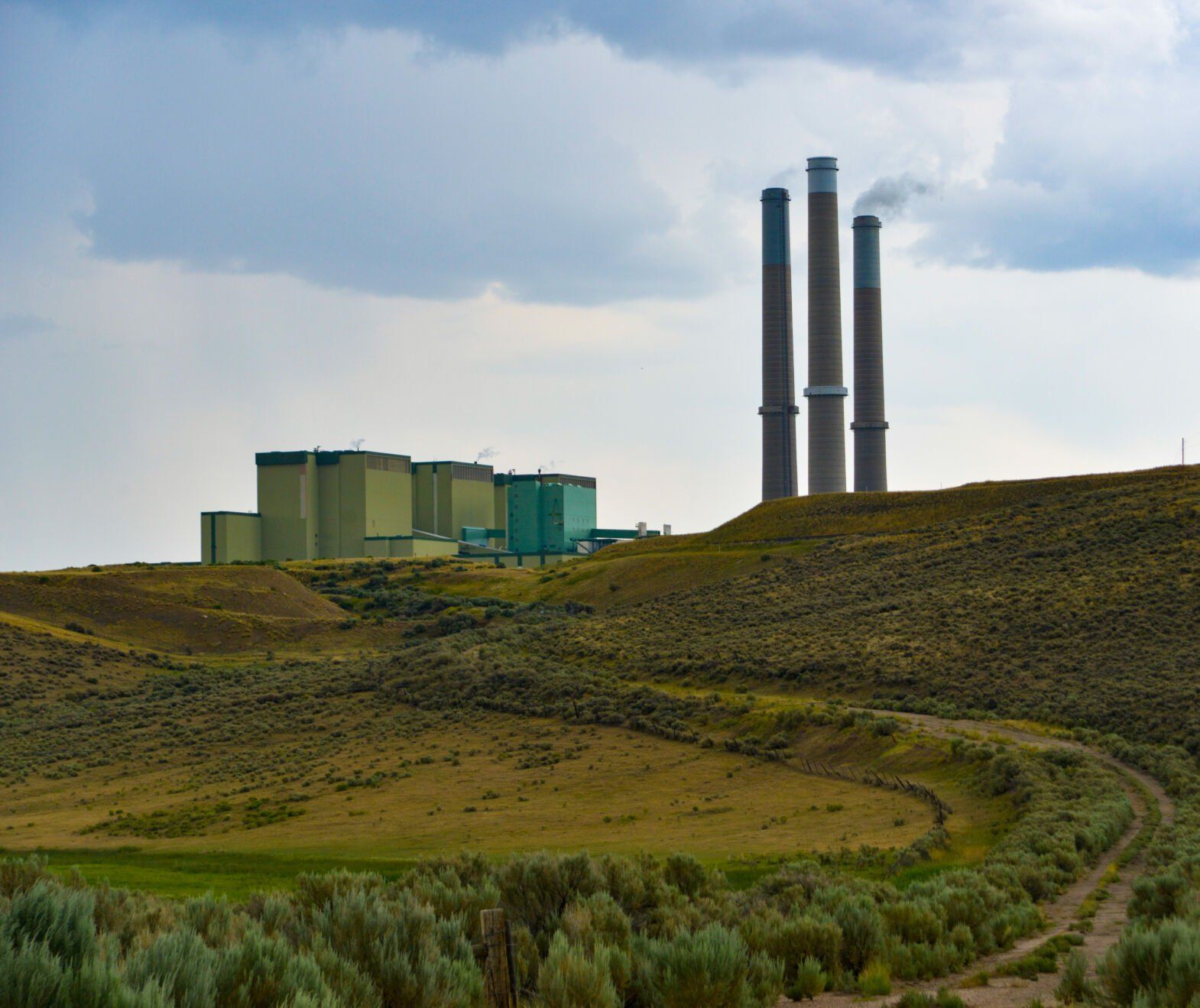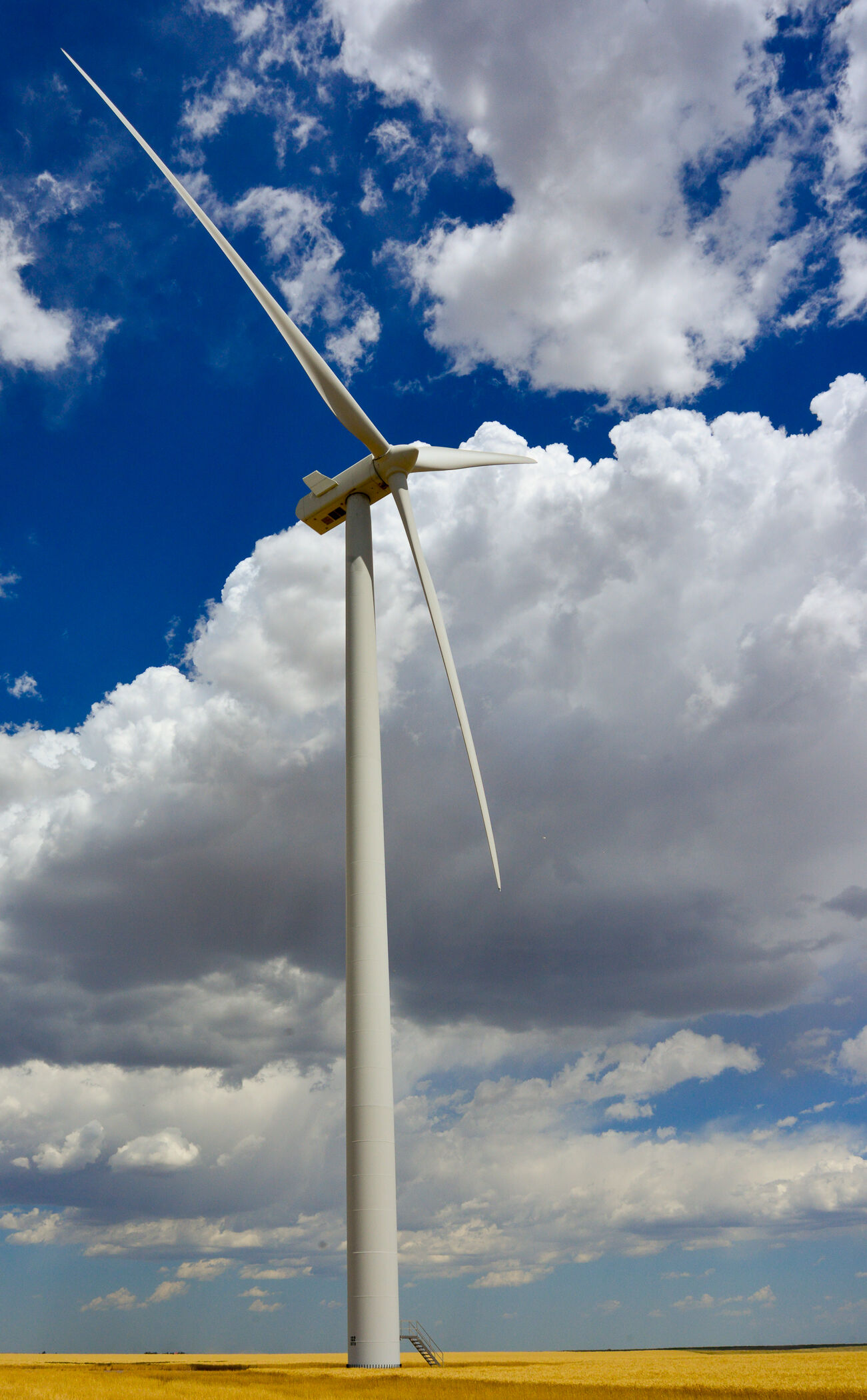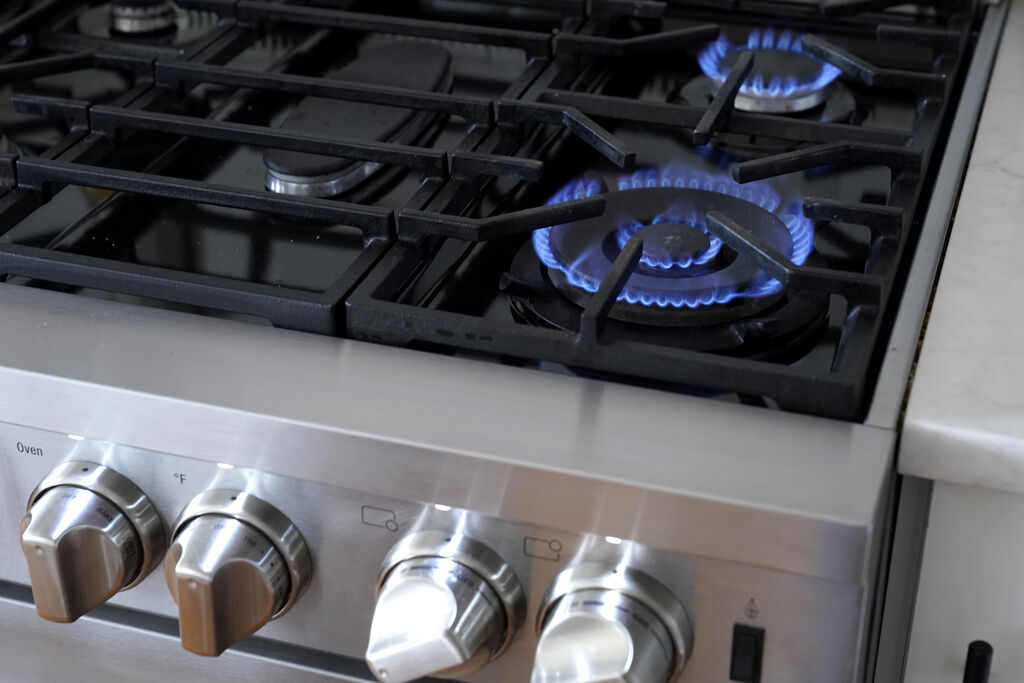New simplified Xcel time-of-use charges take effect Saturday

Xcel Energy customers across Colorado will see a revised time-of-use billing structure beginning Saturday. The new rate structure simplifies peak pricing periods while shifting them later into the evening — a change aimed at aligning rates with demand. It’s sparked frustration among some residential users.
The utility’s current residential time-of-use rate plan put in place in 2022 charges varying prices based on when electricity is consumed. Peak rates, roughly 2.7 times higher than off-peak, are intended to offset costlier generation and delivery during high-demand hours when renewable energy sources alone cannot meet the load.
“Time-of-use rates help keep energy affordable… Even small shifts can lower bills,” PUC Director Rebecca White said.
Under the new plan, approved by the Colorado Public Utilities Commission in February and delayed from an October rollout to give more time for customer education, Xcel eliminates a third “mid-peak” tier in favor of only two rates:
On-peak runs from 5-9 p.m. weekdays, excluding holidays, year-round. Off-peak rates apply during all other weekday hours, plus full weekends and holidays.
Seasonal rates are higher in the summer. From June through September the off-to-on-peak differential is 170%, or 2.7 times higher. Summer rates are 16-21% higher than winter rates, but the peak premium is identical at 170% year-round, according to Xcel.
The change remains “revenue-neutral” for typical usage, meaning no net bill increase from the change to a two-tier rate itself, according to Xcel and the PUC.
Other factors, most importantly customer usage patterns, can change what Xcel charges considerably, and broader factors like inflation and electrification continue driving hikes.

This isn’t Xcel Energy’s first foray into time-of-use billing.
Last December, Xcel Energy Minnesota sought to make residential time-of-use rates the default for 1.4 million customers there — automatically enrolling households unless they opted out, just like Colorado’s plan.
The initial plan featured summer peak rates up to seven times higher than overnight off-peak — 28¢/kWh vs. 4¢ — mirroring Colorado’s push but more aggressive. Regulators had ordered pilot programs years earlier, but when Xcel pushed for rollout “an outcry from state leaders and consumer advocates” erupted, the Star Tribune reported Aug. 22, 2024.
Public comments flooded the Minnesota PUC, with many letters saying customers “didn’t have the flexibility to change their energy use because it is dictated by a job or parenting requirements” and arguing “they shouldn’t be penalized for basic needs like using air conditioning on a hot summer day,” Walker Orenstein reported in the Star Tribune March 14, 2025.
Attorney General Keith Ellison called pilot results “meager,” yielding scant peak reduction. By August, Xcel retreated.
“After months of customer surveys, consulting… and reviewing feedback,” it switched to voluntary opt-in, shortened peaks to 6-9 p.m. and delayed launch to 2026,” per the Star Tribune.
Social media reactions lean negative.
“When you get home from work, you are forced to pay more,” said X user @coloradocomrade on October 24, linking to coal power plant closures.
Solar owner Patrick McKay (@pa_mckay) lamented: “[New peaks] will be fully at night in the winter, making it impossible for solar to compensate… Solar customers are basically forced to be on the opt out flat rate, which… our solar doesn’t fully cover even though it used to before.”
The Denver Gazette reached out to Xcel for response to the issues raised, but had not heard back by this story’s publishing.
Others adapt pragmatically: “Everyone in Xcel energy’s service area take a hard look at the TOU rates and the times they apply. Flat rate might be better but you need to make your own determination based on your use,” said X user @Mcltcol.
Opt-out to flat rates is available free anytime: Call 1-800-895-4999 or visit co.my.xcelenergy.com/s/billing-payment/residential-rates/residential-opt-out-pricing. Medical exemptions are also available.
Customers can test impacts via Xcel’s online Rate Comparison Tool at my.xcelenergy.com, projecting bills under TOU versus flat rates. Signing in is required.
The Public Utilities Commission has suggestions for savings strategies and Xcel and PUC emphasize education to ease the transition.
- Run laundry, dishwashers before 5 p.m. or after 9 p.m.
- Raise thermostats 2-3°F during peaks.
- Charge EVs overnight.
- Favor air fryers over ovens in evenings.
- Maximize weekends.
More at puc.colorado.gov or Xcel’s TOU page.

















